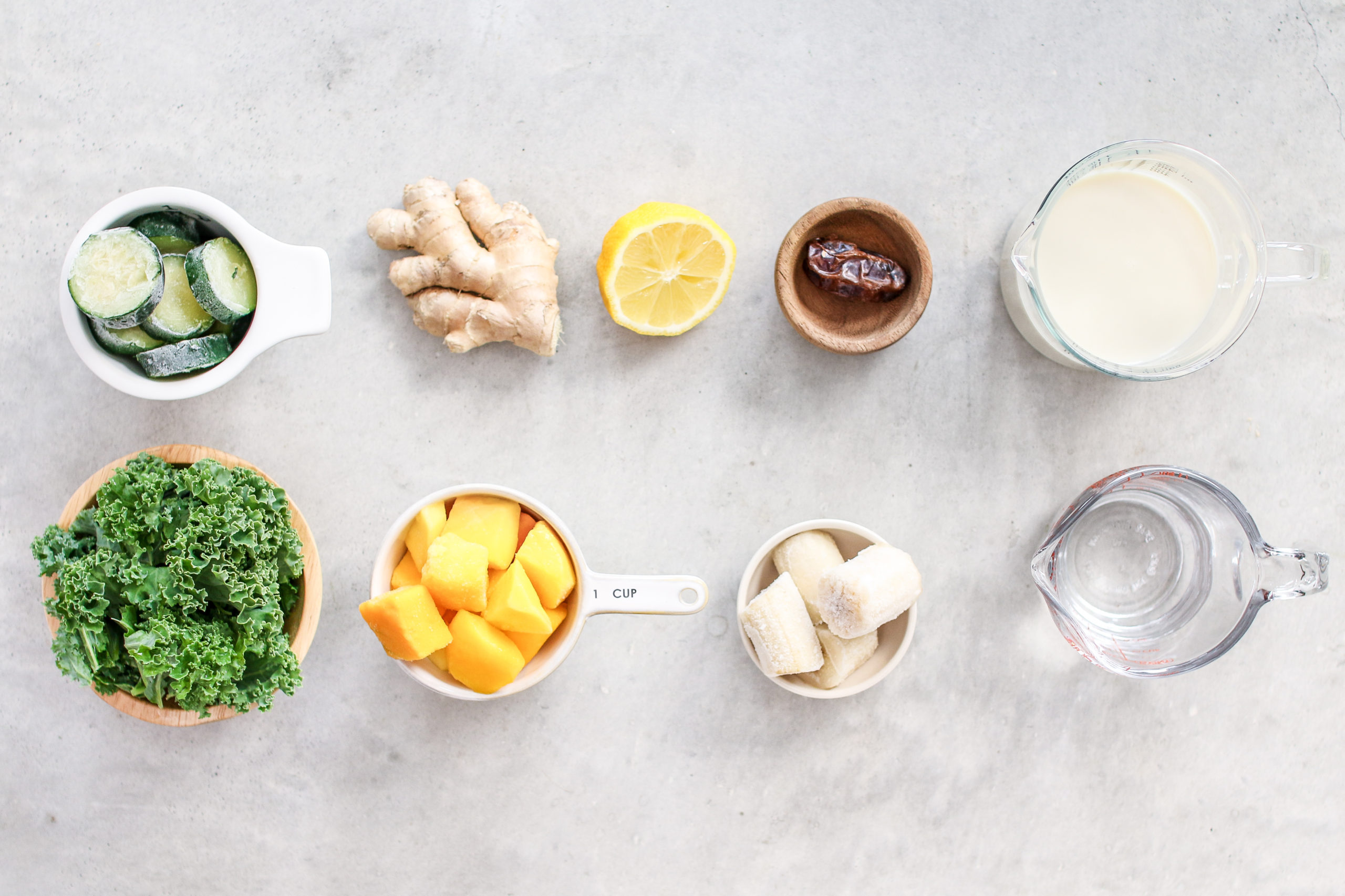

Buy what is on the list, nothing more and nothing less. ĭon’t leave for the grocery store without having a shopping list handy. This one is a no-brainer… and a game-changer. In fact, with the right tips and tricks under your belt, both your nutrition and weekly spending will be under control with every trip you make to the grocery store.Ĭonsider these 8 grocery shopping hacks to keep your weekly hauls healthy and within budget. Educate yourself about what you think might be causing your pain by reading the information at, and see a specialized spine surgeon who can give you the best options to get you out of pain and back to your life.Let’s get one thing straight: eating healthy does not have to be pricey. Learn more from our Medical and Scientific Board here. Back pain can come from disease in the discs, from trauma to the vertebrae, from arthritis in the many joints in the spine, from systemic conditions like osteoporosis, and others. What Should I Do if I Feel Back Pain?Īt the National Spine Health Foundation, we know that keeping your physical health up to date and keeping your body healthy for years to come is extremely important. It is the most common part of the spine to cause disability that prevents people from going to work due to back pain. The lumbar area is often affected by heavy lifting, sitting for too long, wearing improper shoes, and more. The lumbar spine consists of five moveable vertebrae, numbered L1 through L5.

Ligaments hold the vertebrae in place and tendons attach the muscles to the spinal column. These gelatinous cushions protect the vertebral bones as the body moves. The lumbar vertebrae are physically the largest bones of the entire spine, with cervical being the smallest and size increasing as the spine descends.Īll of the vertebrae have space between them that includes intervertebral discs that act as shock absorbers. The lower back includes the five vertebrae in the lumbar region and supports much of the weight of the upper body. While the cervical spine and lumbar spine are built more for mobility, the thoracic spine is built more for stability. Some of the thoracic spine’s most important roles include protecting the spinal cord and anchoring the ribs. It also runs from the base of the neck to the abdomen, making it the only spinal region that attaches to the rib cage. It creates a connection between the cervical spine and the lumbar spine. The thoracic spine is the longest region of the spine, and by some measures, it is also the most complex. This natural curve is anatomical important for managing the weight a pressure from the skull.

As viewed from the side, the cervical spine curves toward the front of the body and then backwards. The top of the cervical spine connects to the skull and the bottom connects to the upper back at about shoulder level. The cervical spine has seven stacked bones called vertebrae, labeled C1 through C7. This allows the neck to move in all directions. The delicate structure of the cervical spine, which houses the spinal cord, is very strong and flexible. The neck, also called the cervical spine, is a well-engineered structure of bones, nerves, muscles, ligaments, and tendons.
Healthnut shop plus#
The entire spinal column consists of 33 individual bones called vertebrae plus 2 sections of naturally fused vertebrae, the sacrum and the coccyx, located at the very bottom of the spine which are also an important part of your spine’s ability to function properly. No matter how you are standing, lying, or positioning yourself, your spine has strain on it. The spine is an extraordinarily complex structure made up of a lot of moving parts. But what exactly is a healthy spine? What are the parts of a spine? Knowing the anatomy of your spine is important.


 0 kommentar(er)
0 kommentar(er)
